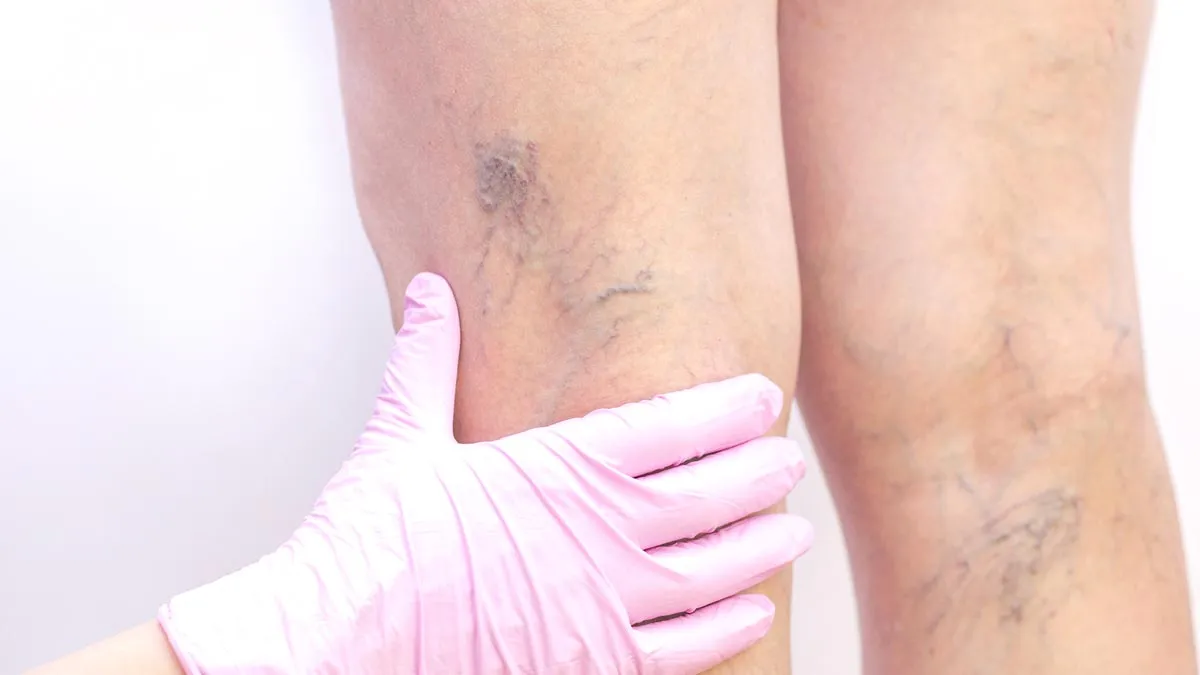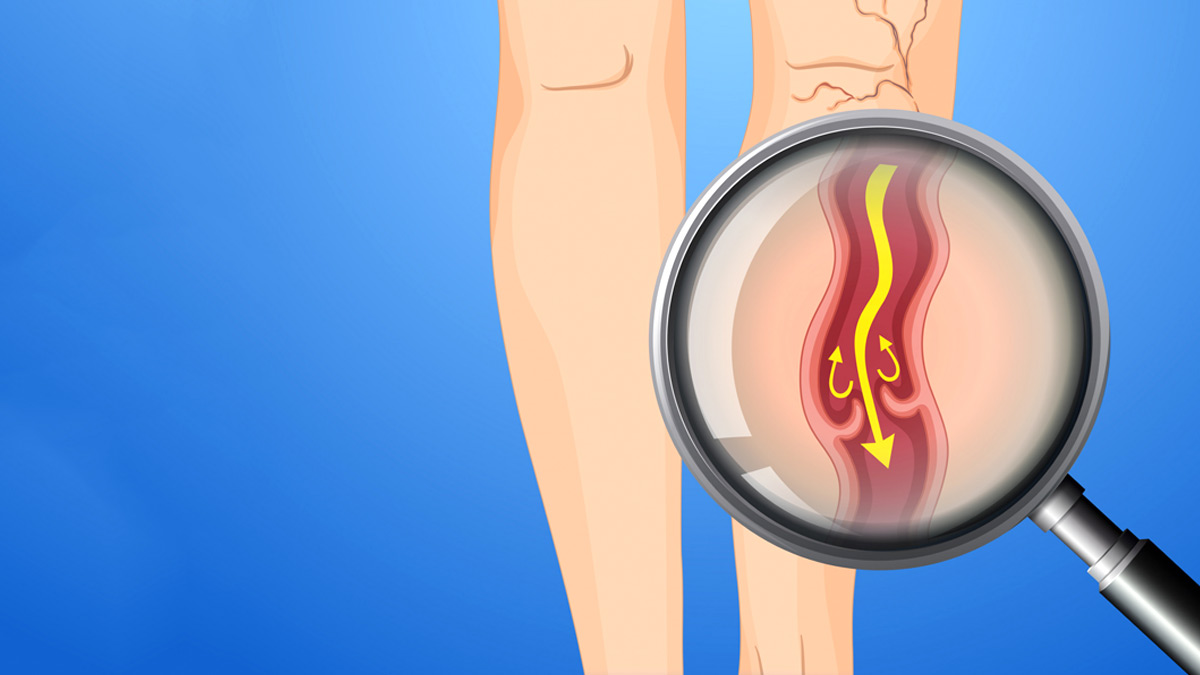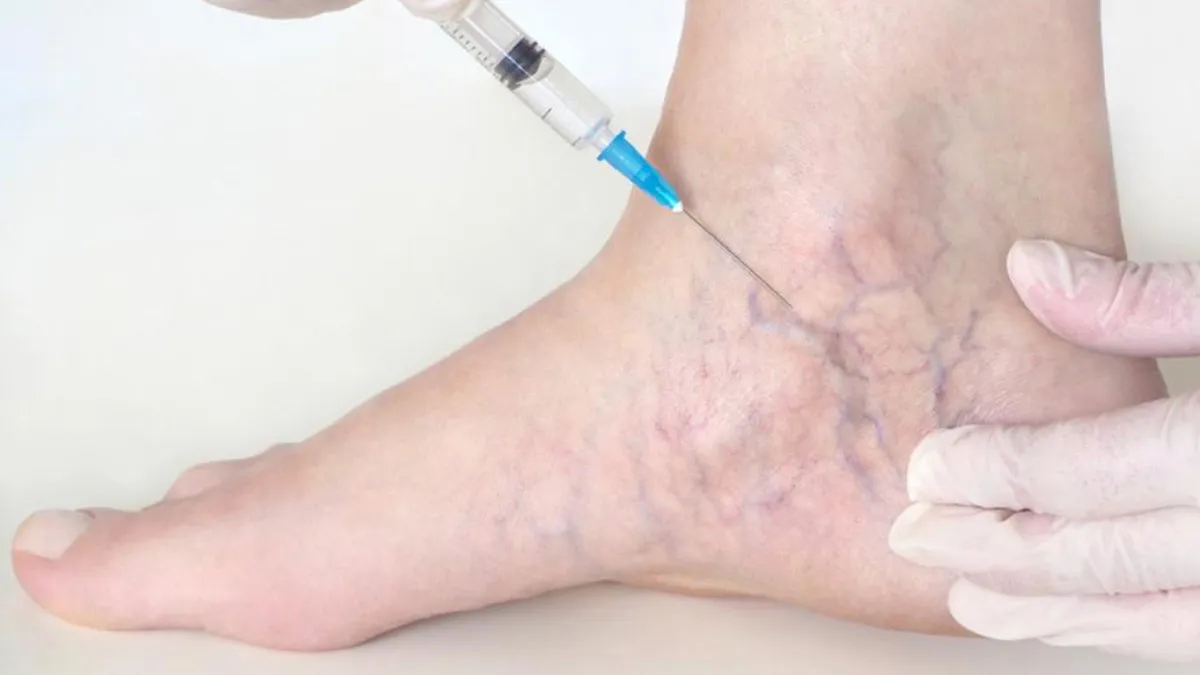
Varicose veins are those bulging, twisted veins that are usually blue or purple. If you think this is not worrisome, varicose veins are more than just a cosmetic issue. They can lead to aching, heaviness, swelling, and even long-term circulatory difficulty. Although genetics, age, and lifestyle each contribute to their development, one important method to control symptoms and retard further development is regular, vein-friendly exercise.
Table of Content:-
Experts suggest that exercises can enhance the blood flow, make your leg muscles stronger, and lower the pressure in your veins to make your legs look and feel better.
Why Exercise For Varicose Veins
In an exclusive interaction with the editorial team of Onlymyhealth, Akshit Khatri, Sports Officer, Sharda University - Noida, explained that Varicose veins occur when the valves within our veins weaken or damage, which makes it more difficult for blood to return to our heart. It allows blood to pool, thus putting pressure on the veins.
Also Read: Can Swollen Ankles Be A Sign Of Struggling Heart? Doctor Answers

Best Exercises For Varicose Veins
LOw-impact activities that work our calf muscles function like a built-in pump, forcing blood upwards and enhancing circulation. “With time, these actions can ease pain and diminish visible swelling,” Khatri said while also suggesting these exercises:
1. Walking
Walking is the most easy, zero-expense exercise to get your blood circulating. Briskly but comfortably walk for 30 to 45 minutes per day to firm up calf muscles and promote healthy circulation without fatiguing your veins. Expert Khatri suggested wearing comfortable shoes and avoiding uneven ground to avoid strain.
2. Cycling or Stationary Biking
Pedaling simulates the pumping action of your legs, making it great for vein health. Indoors or on a stationary bike, do 20–30 minutes a few times a week. If outdoor cycling is not an option, a bicycle legs exercise on your back is a good substitute too.
3. Swimming
Water bears your weight, reducing pressure on your joints and veins and offering resistance to work your legs. “Several laps or water aerobics sessions can improve circulation by a lot,” Khatri added. The cold water can also shrink leg swelling.

4. Leg Lifts
While on your back, gradually lift each leg individually and hold for several seconds before bringing it down. This improves the return of blood to the heart and works your core and lower body without placing any additional stress. 10 to 15 reps per leg each day is good enough.
5. Calf Raises
Stand with feet hip-width apart and slowly come up onto your toes, then lower back down. This action engages the calf pump, helping with upward blood flow. Use a step for increased range of motion and repeat 15 to 20 times
Additional Tips for Exercise with Varicose Veins
According to our expert Khatri, here are a few additional tips you must follow:
- Wear compression stockings during exercise to aid in vein function.
- Hydrate to maintain optimal blood viscosity.
- Steer clear of high-impact or heavy lifting that augments intra-abdominal pressure.
- Listen to your body and stop if you experience pain, swelling, or abnormal discomfort.
Bottomline
You can't always avoid varicose veins, but exercise is one of the most effective ways to control symptoms, retard progression, and keep your legs feeling strong and light. Even small movements, such as taking the stairs or doing ankle circles at your desk, can become quite noticeable over time in improving your vein health.
Also watch this video
How we keep this article up to date:
We work with experts and keep a close eye on the latest in health and wellness. Whenever there is a new research or helpful information, we update our articles with accurate and useful advice.
Current Version
